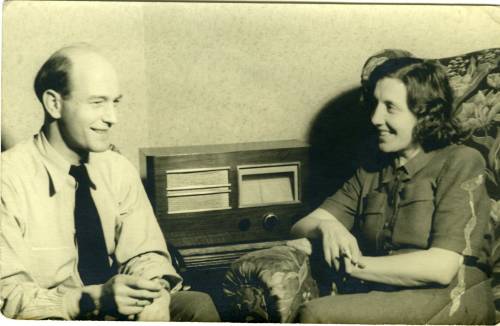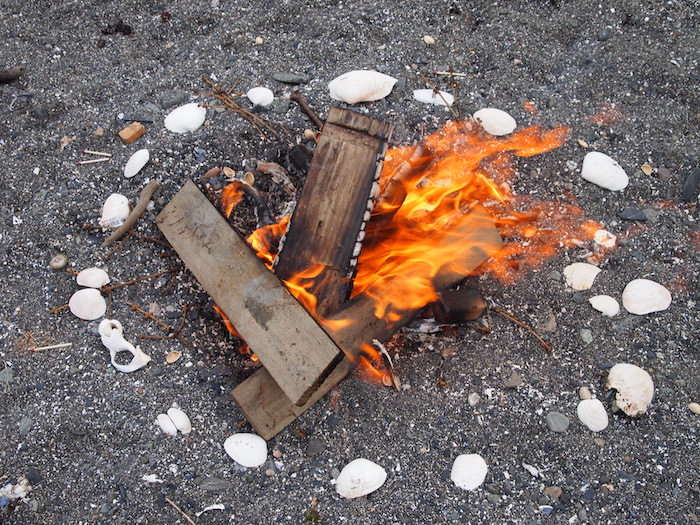
Some years ago I attended a beach barbecue in Juneau, Alaska on a gray summer day. The adults drank beer in a ring around a fire where salmon collars sizzled and talked about the price of boats and politics. The kids ran in a mixed-age herd closer to the surf, clambering over driftwood and getting wet. And then with the sly grace of a trickster god, a ten or eleven year old boy insinuated himself into our adult circle and lifted a burning brand from our fire, disappearing with it before I could so much as determine which adult he went with.
A few moments later, the kids had coalesced around an expertly built ‘kid fire,’ which they had lighted from that stolen spark. This ‘kid fire’ seemed to alarm none of the local adults, and indeed seemed to be a regular feature of long afternoons on the beach in Juneau. I watched with interest as the older children maintained the fire and policed access, allowing younger children only to chuck on small sticks from a distance. This would never fly in the lower 48, I thought.
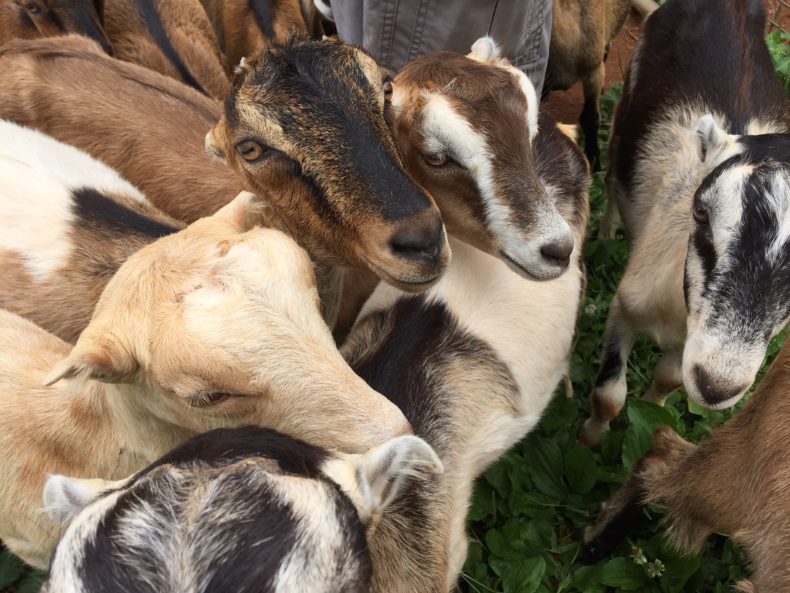 Baby, it’s cold outside! So I’m posting a little look-back at some warmer-weather fun on the farm.
Baby, it’s cold outside! So I’m posting a little look-back at some warmer-weather fun on the farm.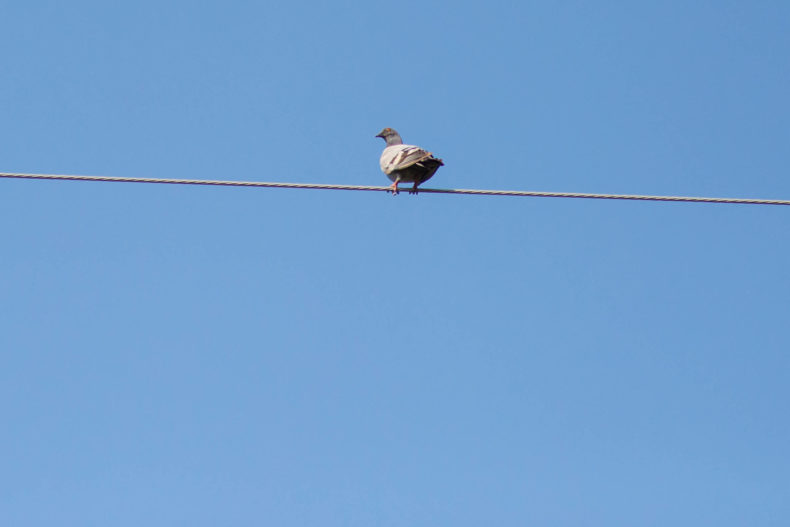
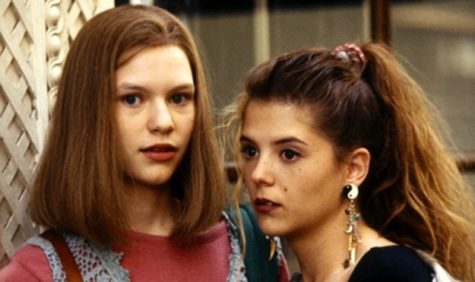
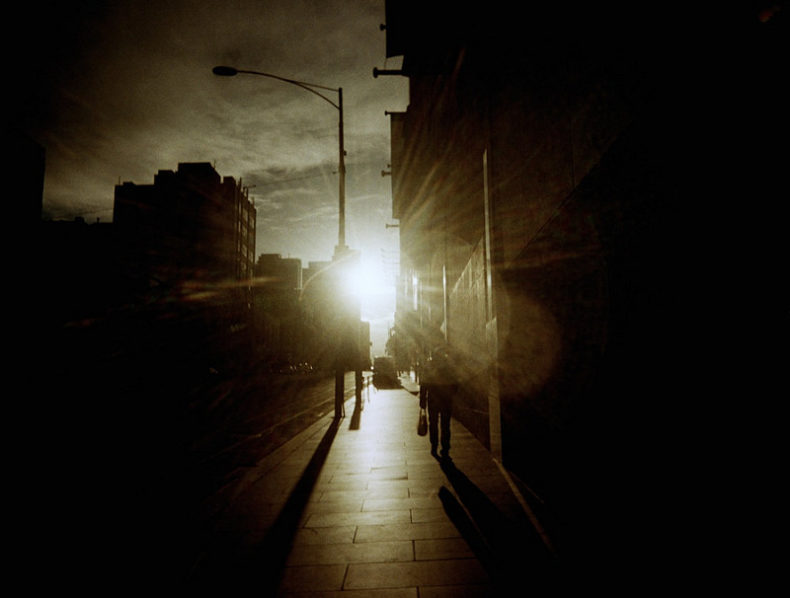
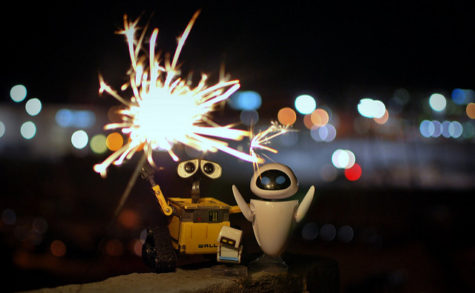 December 25-29
December 25-29